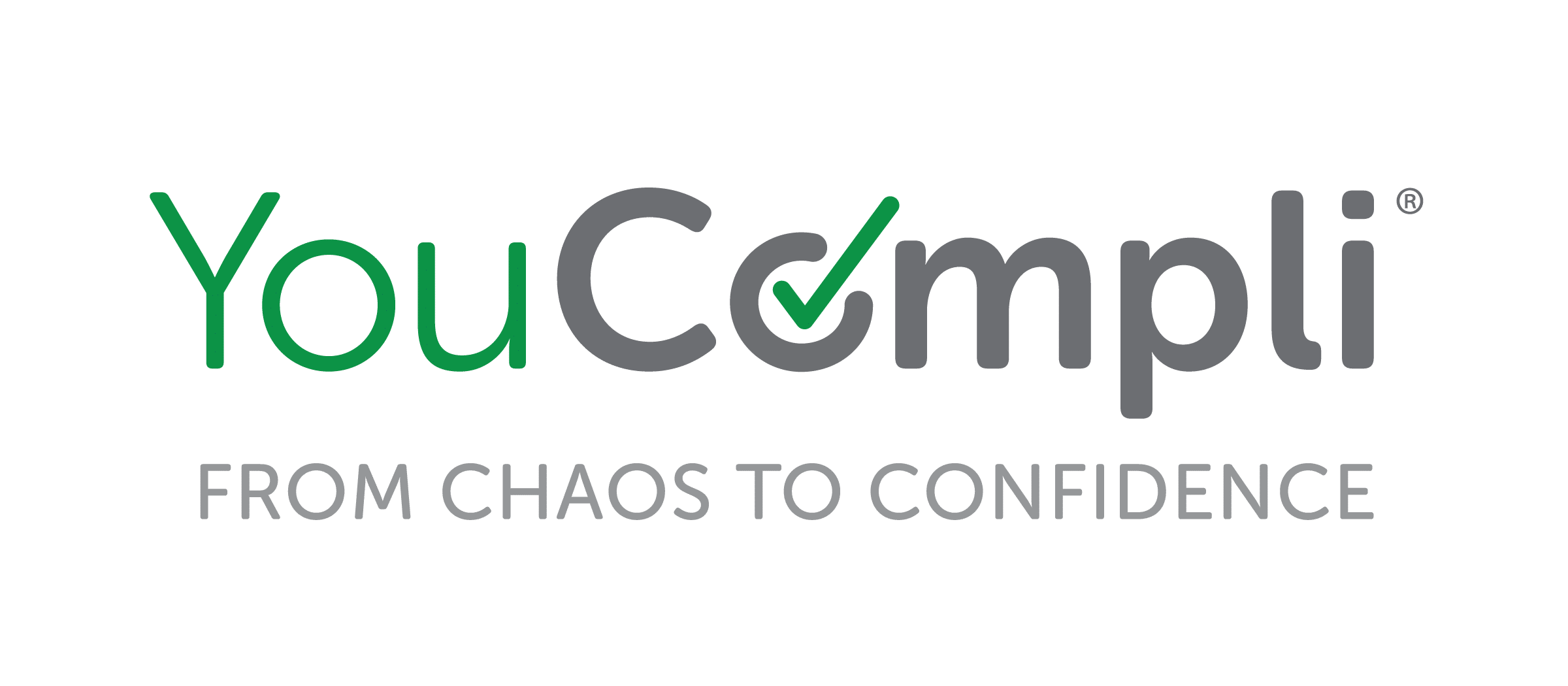Telehealth seems to be here to stay, even as the Coronavirus pandemic begins to recede in the United States. It’s a good time for healthcare institutions to make sure their telehealth practices hold up outside of emergency circumstances.
From a compliance perspective, that means patient privacy and technology, valid consent for treatment, visits with minors, and interstate care.
Patient privacy in telehealth
Patient privacy is just as important in telehealth as it is for in-person visits. This includes ensuring the provider conducts visits in a private space and documenting the visit in a secure medical record.
During the Coronavirus national public health emergency, the federal government has some enforcement discretion with telehealth. Regulators can choose not to impose penalties for Health Insurance Portability and Accountability Act (HIPAA) violations if they see that a provider took precautions to protect patient privacy provider. Good faith might mean using a platform like Microsoft Teams, Zoom, or WebEx and patient-specific passcodes – and still having a privacy breach. In a case like this, the regulator has the discretion not to impose fines under HIPAA.
Consents and visits with minors
Developing a process to obtain consent to treat before the first visit can help you comply with consent requirements. This may include mailing or securely emailing the consent to the patient (or parent or legal guardian) the week before the telehealth visit and having the patient send it back. This gives the provider time to answer the patient’s questions about consent for treatment.
For urgent telehealth visit, make sure there are policies in place to address telephone/verbal consent or to obtain two provider consents. If your system allows, you may be able to electronically send the consent. The patient can sign it online so you can add it to the electronic health record.
Whatever method to obtain consent your organization chooses, ensure there is a policy addressing the proper procedure and educate the team on the policy.
For telehealth visits with minors, try to follow the same process as for in-person visits. That means you should obtain the consent to treat and have it signed by a parent or legal guardian. Then have the parent or legal guardian attends the telehealth visit with the minor patient. This way diagnosis, care, and treatment plan can be discussed with the patient and the parent or legal guardian at the same time.
Crossing state lines for telehealth
Things to consider if the patient and provider are not conducting the telehealth visit in the same state:
- Licensing: Some state licensing boards have reciprocity. Some may not require an additional license in compact states while others may require a temporary or actual license to provide care in that state. This often applies to care provided via telehealth.
- Prescriptions: Can you prescribe across state lines? Avoid compliance issues by sending the prescription to a pharmacy in the provider’s “home” state. Then have the patient request a pharmacy-to-pharmacy transfer of the prescription.
- Your insurance: Does your medical professional liability (MPL) insurance provide coverage if you are out of state? How about if the patient is located outside your “home” state? Contact your MPL insurer to be certain you have coverage in the event of an out of state lawsuit.
- The patient’s insurance: What will the patient’s insurance cover for visits conducted out of the patient’s “home” state? Be sure to verify this before the patient’s telehealth visit to ensure proper billing and reimbursement for the visit and to decrease billing denials.
Considerations for adding telehealth as a service line
There are resources available for organizations considering adding telehealth as a permanent service line. YouCompli can help you understand which regulations apply to you, stay on top of changes, and manage implementation.
You can also find many free resources online:
- Foley & Lardner’s Telehealth Compliance Checklist from Foley & Lardner
- Adelade provides a free state-level telehealth regulation guide with additional compliance topics to consider
For many types of visits, patients love the option of telehealth. As providers work to be sure that they continue to deliver quality care, Compliance teams have an equally big job to be sure the systems and processes are in place to support that experience.
Keep on top of regulations affecting telehealth and making sure those regulations are translated into policies and procedures that affect patient care. YouCompli customers have access to notifications about changes to regulations, resources to inform policy and procedure updates, and tools to track compliance. Contact us today to learn more.
Denise Atwood, RN, JD, CPHRM is the Chief Risk Officer at District Medical Group (DMG), Inc., vice president of DMG Insurance Company (DMGIC), and owner Denise Atwood, PLLC.
Disclaimer: The opinions expressed in this blog are the author’s and do not represent the opinions of DMG.

Denise Atwood, RN, JD, CPHRM has over 30 years of healthcare experience in compliance, risk management, quality, and clinical areas. She is also a published author and educator on risk, compliance, medical-legal and ethics issues. She is currently the Chief Risk Officer and Associate General Counsel at a nonprofit, multispecialty provider group in Phoenix, Arizona and Vice President of the company’s self-insurance captive.






